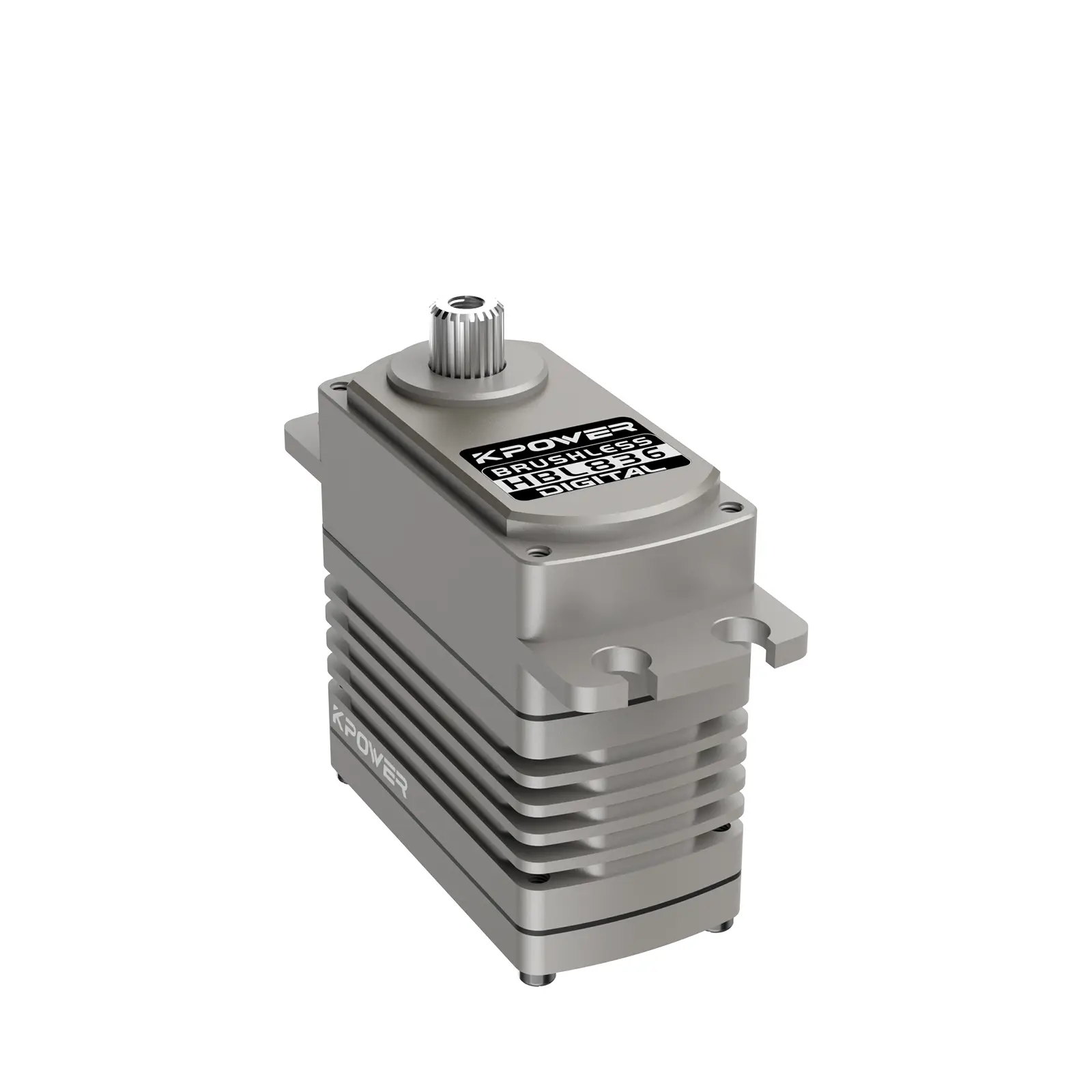Imagine a hectic morning, laptops humming, team members juggling multiple projects. Your application's efficiency depends on how smoothly the microservices communicate and share data. Enter service registry—an unsung hero that keeps everything ticking. Now, pair that with microservices architecture? It’s like a well-oiled machine, but you need a way to ensure every part knows where to find each other.

That’s where a comprehensive tutorial on service registry comes into play. It walks you through how dynamic service discovery works in distributed systems. Think of it as a directory—servers register their presence, clients query that directory for the latest info. No more static IP assumptions or manual configs. Instead, you get real-time updates and a much more resilient system.
Why does this matter? Because in real-world applications, services go up and down—servers reboot, containers restart, networks glitch. Without a robust registry, your app would be left in limbo, waiting for connections that may never come. With it, your services can seamlessly discover each other at runtime, reducing downtime and boosting performance. It’s about making your architecture adaptive, scalable, and easier to maintain.
Here’s a handy question—how do you keep track of all the moving parts without chaos? The answer isn’t just “keep the docs updated,” it’s leveraging a well-designed registry. Modern tutorials show you how to implement service registration and deregistration smoothly, how to handle load balancing, and incorporate health checks so the system knows when a service is available or gone.
Some might wonder, does it add complexity? Sure, but not more than the benefits outweigh. Using a service registry automates what used to be manual configuration nightmares. Instead of chasing network issues or static configs, you focus on business logic, knowing the registry keeps everything aligned.
Think back to big cloud-native applications—Netflix, Amazon, Spotify—they all rely on this kind of architecture. They don’t manually set IPs for every instance. Instead, their systems are configured with service registries to handle microservice discovery dynamically. That kind of automation makes scaling painless, updates seamless, and deployments faster.
A practical tip—integrate your registry with your CI/CD pipeline. When you deploy new versions, registration updates happen automatically. It cuts down on errors and doubles down on agility. Plus, with monitoring and health checks baked in, your system stays vigilant, avoiding “zombie” services that left orphaned processes.
In the end, mastering service registry in microservices isn’t just about avoiding headaches; it’s about future-proofing your architecture. When you understand how services find each other and stay connected, your applications become more resilient, adaptable, and ready for growth. That’s a game changer in today’s fast-paced digital landscape.
Established in 2005, Kpower has been dedicated to a professional compact motion unit manufacturer, headquartered in Dongguan, Guangdong Province, China. Leveraging innovations in modular drive technology, Kpower integrates high-performance motors, precision reducers, and multi-protocol control systems to provide efficient and customized smart drive system solutions. Kpower has delivered professional drive system solutions to over 500 enterprise clients globally with products covering various fields such as Smart Home Systems, Automatic Electronics, Robotics, Precision Agriculture, Drones, and Industrial Automation.




































